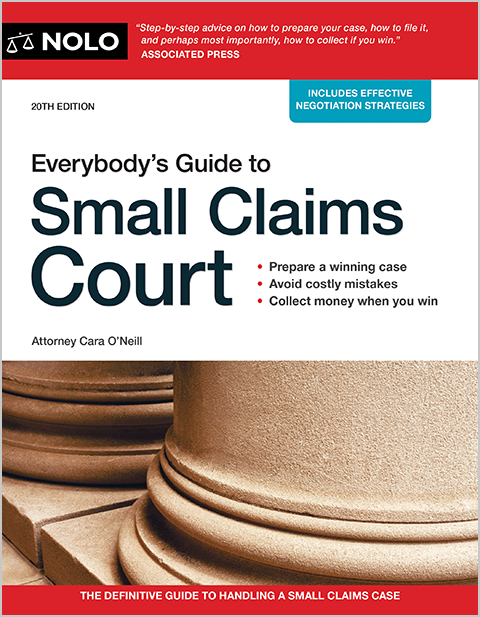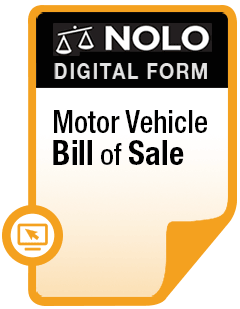Montana's minimum car insurance requirements, how coverage is likely to affect a car accident claim, and penalties for driving without insurance in Montana.
A vehicle that's registered and driven on public roads in Montana must be insured by a liability policy having at least these coverage limits:
- $25,000 for bodily injury to, or the death of, one person in an accident
- $50,000 for bodily injury to, or the deaths of, two or more people in an accident, and
- $20,000 for property damage in an accident.
Let's take a closer look at how car insurance works in Montana, and how things might play out after a car accident.
- What Does Liability Car Insurance Cover in Montana?
- Do I Need More or Different Kinds of Auto Insurance in Montana?
- Is Uninsured Motorist Coverage Required in Montana?
- Can I Show Proof of Insurance on My Phone in Montana?
- What Are the Penalties for Driving Without Insurance in Montana?
- Get Help With Your Montana Car Accident Case
What Does Liability Car Insurance Cover in Montana?
Your auto liability policy covers (that is, it provides insurance to pay the financial obligations of) each person who's named as an insured in your policy. Most policies also cover your spouse and other relatives living in your household. If you give someone permission to drive your car (what the law calls a "permissive user"), your liability policy typically covers them, too.
In addition to the auto identified in your policy, your liability insurance probably covers rental cars and loaner vehicles. If you trade your car for a new one, your new auto should be covered for a brief period (usually just a few days) until you notify your insurer of the replacement. Make sure to let your insurance agent know you have a new car as soon as possible.
What Does My Liability Insurance Pay For?
Liability insurance pays for personal injuries and property damages suffered by other drivers, or by passengers, pedestrians, cyclists, and others, in a car accident that's your fault, up to your coverage limits. Importantly, your liability insurance won't pay you for your injuries or damaged property.
Here are some of the common damages and losses liability insurance will cover:
- doctor, hospital, rehabilitation, and other medical bills
- lost wages and the value of lost employment benefits
- amounts paid for replacement household and child care services and other out-of-pocket expenses
- costs to repair or replace damaged property
- pain and suffering
- emotional distress, and
- disability and disfigurement.
Do I Need More or Different Kinds of Auto Insurance in Montana?
Yes, probably so. If you cause a car wreck in Montana, you're on the financial hook for all resulting injuries and other losses—whether or not you've got enough insurance.
Increasing Your Liability Insurance Limits
A wreck that causes moderate or severe injuries will burn through Montana's minimum liability coverages in no time. Higher policy limits can help to protect your personal assets. Speak to your insurance agent about how much liability insurance is right for you.
Other Insurance Protection
In addition to higher liability limits, you might consider adding protections that are optional under Montana law. Here are a few examples.
- Collision and comprehensive coverages. Collision insurance pays to repair or replace your damaged auto after a car accident, even one that's your fault. Comprehensive coverage repairs or replaces your vehicle after a natural disaster or other non-accident related loss. If your auto is financed with a loan or a lease, the lender will require that you have both collision and comprehensive coverages.
- Medical payments (Med Pay) insurance. Med Pay takes care of your medical bills, and those of your passengers, up to your coverage limit—even if you caused the accident. If you have health insurance, you can use Med Pay to cover your health plan deductible or copays.
Is Uninsured Motorist Coverage Required in Montana?
As the names suggest, uninsured motorist and underinsured motorist coverages protect you if you're injured in an accident caused by a driver with no auto liability insurance, or without enough insurance to cover your losses. Under Mont. Code § 33-23-201, every auto policy issued in Montana must include UM insurance with coverage equal to the minimum liability insurance amounts described above.
Again, speak to your insurance agent about whether these (or other) insurance coverages are right for you.
Can I Show Proof of Insurance on My Phone in Montana?
You're required to have proof of insurance with you when you drive. This can mean either a physical insurance card, or an electronic version that you can pull up on your phone or other device. (See Mont. Code § 61-6-302(2).)
You can use the online State of Montana Insurance Verification System (MTIVS) to check your car insurance status. This is the same system used by Montana law enforcment agencies to verify drivers' insured status during traffic stops and after accidents. The state's Motor Vehicle Division also uses MTIVS for vehicle titling and registration transactions.
What Are the Penalties for Driving Without Insurance in Montana?
Driving without insurance in Montana can prove costly, in more ways than one. For starters, and as mentioned above, you're liable for all losses and damages you cause. Without enough insurance, a wreck can mean financial disaster.
In addition, driving without the required insurance is a misdemeanor punishable by:
- a fine of between $250 and $500 for the first offense
- a fine of $350 for the second offense within five years, and
- a fine of $500, up to 10 days in the county jail, or both for a third or subsequent offense within five years.
On conviction of a second or subsequent offense within a five-year period, the court must order the surrender of your motor vehicle registration and license plates. You won't be allowed to register your car until you can show proof of the required insurance.
For a fourth or subsequent offense within a five-year period, the court must also order that you surrender your driver's license. You won't be able to get your license reinstated until you've got the necessary liability coverage.
(See Mont. Code § 61-6-304.)
Get more details on Montana's car accident laws.
Get Help With Your Montana Car Accident Case
You might be tempted to try to handle your car accident claim on your own, without a lawyer's help. If the accident wasn't serious and your injuries were minor, you might be able to get a fair settlement by going it alone.
But if the facts are complicated, your injuries are serious, or there are complex legal issues involved, your best bet for a fair result will come from having an experienced car accident lawyer on your side. This is someone who understands Montana law, who knows how to deal with car insurance companies, and who's experienced filing court cases, should that be necessary.
If you're ready to move forward, here's how to find an attorney who's right for you and your case.
- What Does Liability Car Insurance Cover in Montana?
- Do I Need More or Different Kinds of Auto Insurance in Montana?
- Is Uninsured Motorist Coverage Required in Montana?
- Can I Show Proof of Insurance on My Phone in Montana?
- What Are the Penalties for Driving Without Insurance in Montana?
- Get Help With Your Montana Car Accident Case



